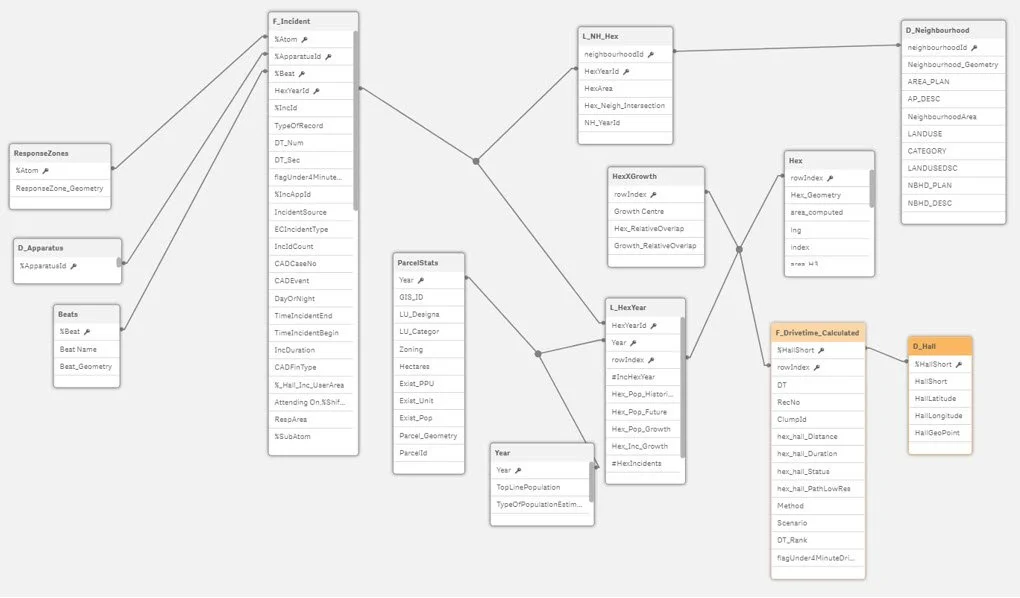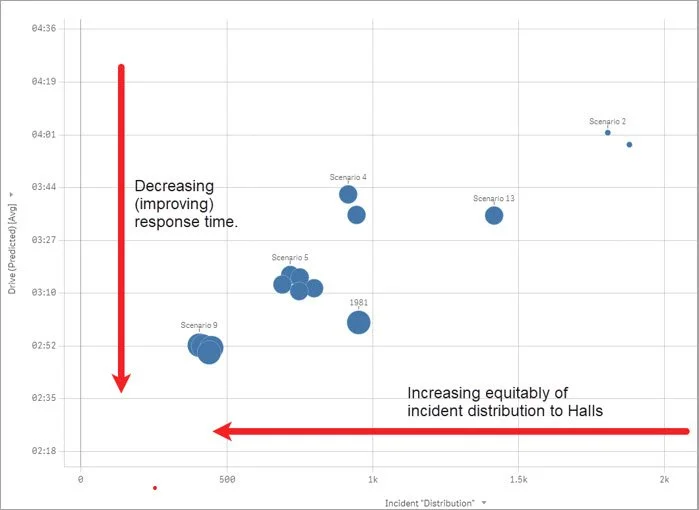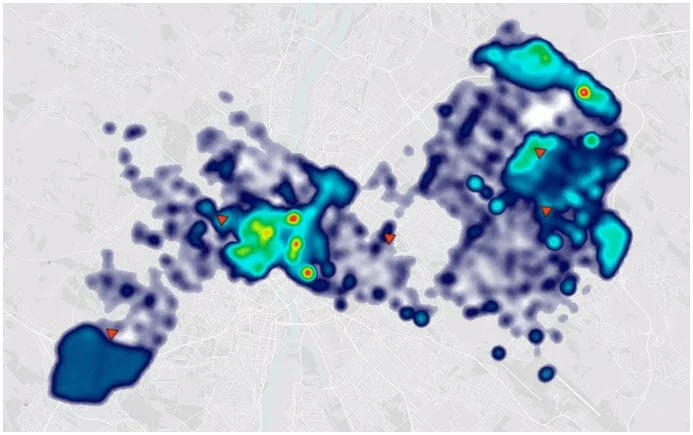“Data driven decision making continues to be a focus for future planning in our city. The newly created Growth Model allows us to further refine strategies on systems of cover, resourcing and fire risk reduction in our community.”
General Manager Community Safety (Former Vancouver Area Fire Chief)
Collaborative Problem-Solving
Understanding that the issue extended beyond the fire department, the GINQO team involved stakeholders from planning, engineering, transportation, and city leadership. This collaborative approach resulted in more accurate data, broader stakeholder support, and valuable insights. A key question was, "Where will the people be?" which guided the analysis to ensure the new fire hall's location would have the most significant impact.
Innovative Solution from GINQO
What-if scenarios
A data-driven presentation of alternatives
A Data-Driven Approach to Community Safety
Canada is known for its inclusivity and diversity, values that are increasingly essential as the country and its cities grow. This growth presents challenges, particularly for city leadership, which must ensure that resources and services keep pace with the expanding needs of citizens. Among the critical services is the fire department, which faces the challenge to meet the rising demand. A fire chief recognized the need for a new fire hall to maintain effective service. GINQO was tasked with providing a trusted data-driven solution.
Powerful Data Model:
Using Qlik’s powerful analytics engine, GINQO built a data model that could analyze thousands of combinations of data points. These included population growth, response zones, historical fire incidents, and current hall locations. The model allowed the team to visualize different scenarios and identify the optimal placement for the new fire hall, ensuring that response times would be minimized and incident volumes managed effectively.
Looking Ahead:
The data-driven model presented by GINQO provided a solution to identify the best location for a new fire hall and also laid the foundation for strategic future growth. The GINQO team is now exploring how AI and machine learning can further enhance predictive modeling, offering even deeper insights into factors affecting incident response.
Future Incident Demand
Projected Incident Density 2031-2051
Advanced Geospatial Techniques:
The team also applied advanced geospatial analysis, transforming complex geospatial data into actionable insights. By leveraging techniques like H3, used by Uber to optimize driver distribution, GINQO provided clarity on the most efficient distribution of fire halls across the city. This geospatial analysis was critical in visualizing the impact of different scenarios and helped the chief make informed decisions.
Expanding the Use Cases:
The success of this project opens up possibilities for applying similar approaches to other location-based challenges, from dispatching repair vehicles to optimizing restaurant locations. GINQO’s ability to solve complex business problems demonstrates the value of a data-driven approach in today’s rapidly evolving world.
Customer Success Story
How GINQO's strategic location services solution is helping to map the future of a city
Optimizing Service Dispatch Locations






